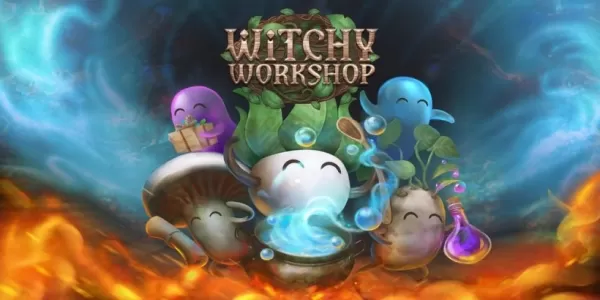If you're a Minecraft aficionado, you've likely encountered the diverse array of trees scattered across the blocky world. Currently, there are twelve distinct types of trees in Minecraft, each boasting its own unique characteristics and wood textures. Let’s explore these varieties and discover how to leverage them effectively within the game.
Table of Contents
Oak | Birch | Spruce | Jungle | Acacia | Dark Oak | Pale Oak | Mangrove | Warped | Crimson | Cherry | Azalea
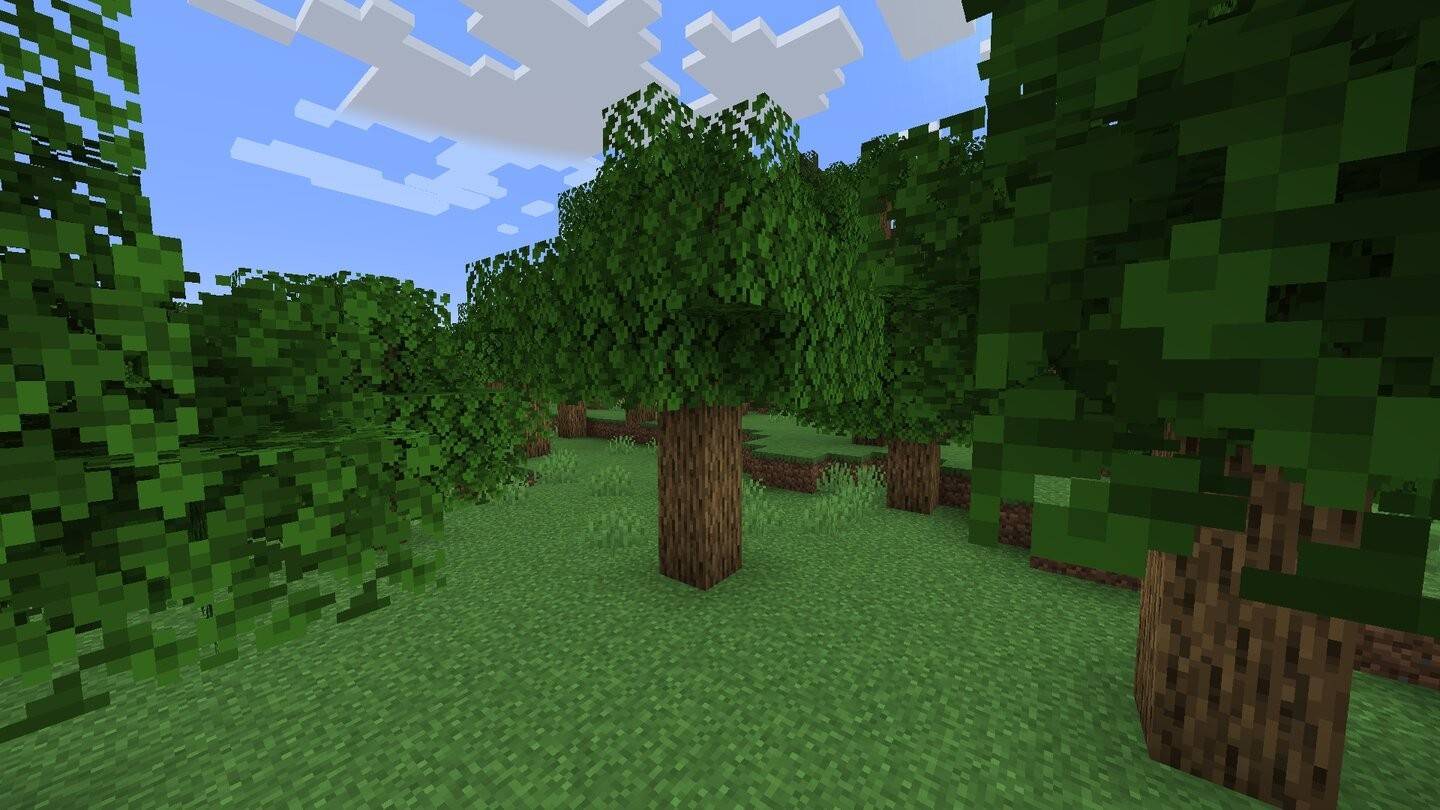
Image: ensigame.com
The Oak tree is the most common, found in nearly every biome except deserts and icy tundras. Its versatility makes it ideal for crafting planks, sticks, fences, and ladders. Additionally, oak trees drop apples, which serve as essential food early in the game or can be turned into golden apples. Its neutral tone blends seamlessly into both rustic and modern builds.
Birch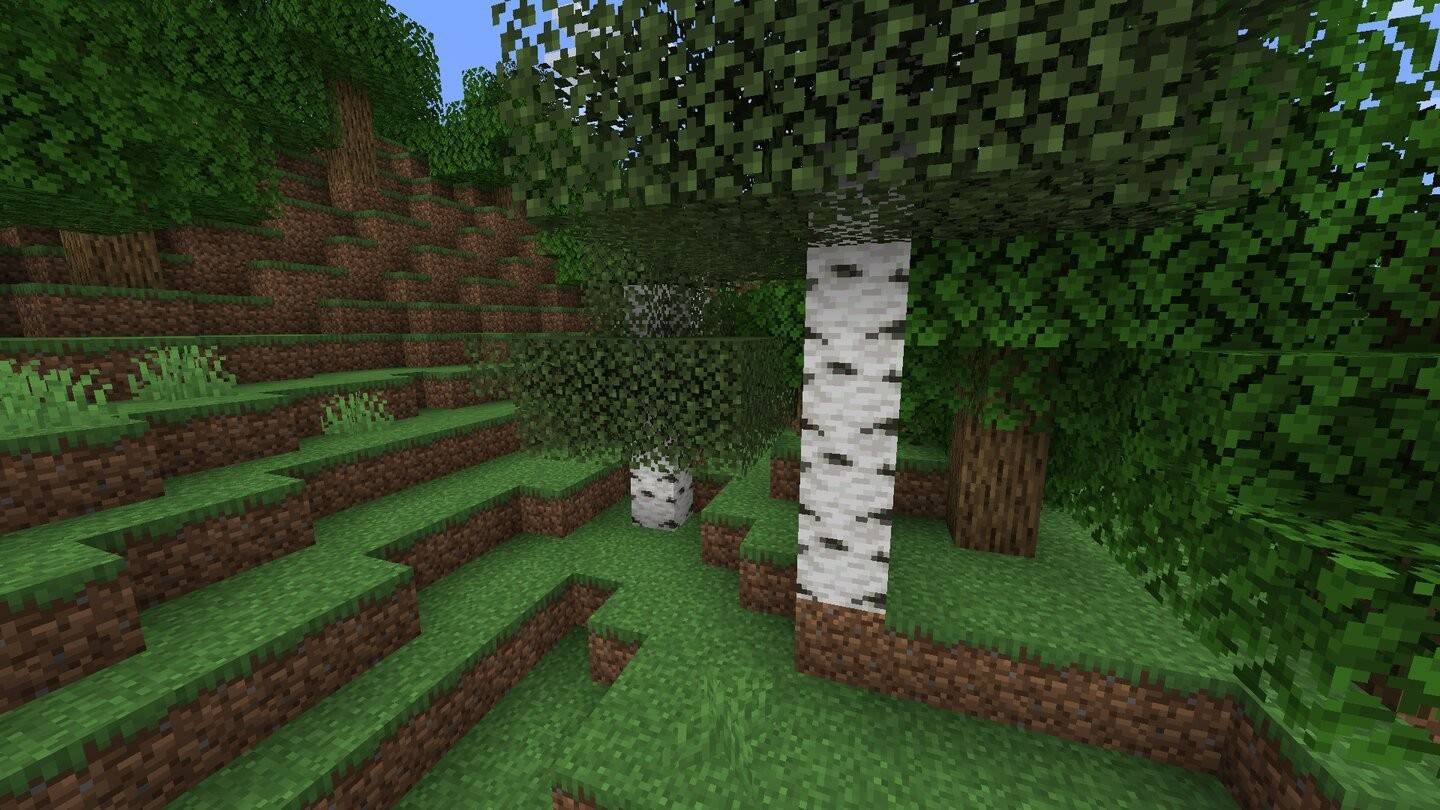
Image: ensigame.com
With its light wood and distinctive grain, birch is perfect for sleek, modern designs. Found in birch forests or mixed biomes, it pairs beautifully with stone and glass, creating bright and airy interiors. Its aesthetic appeal makes it a favorite among players aiming for minimalist or contemporary structures.
Spruce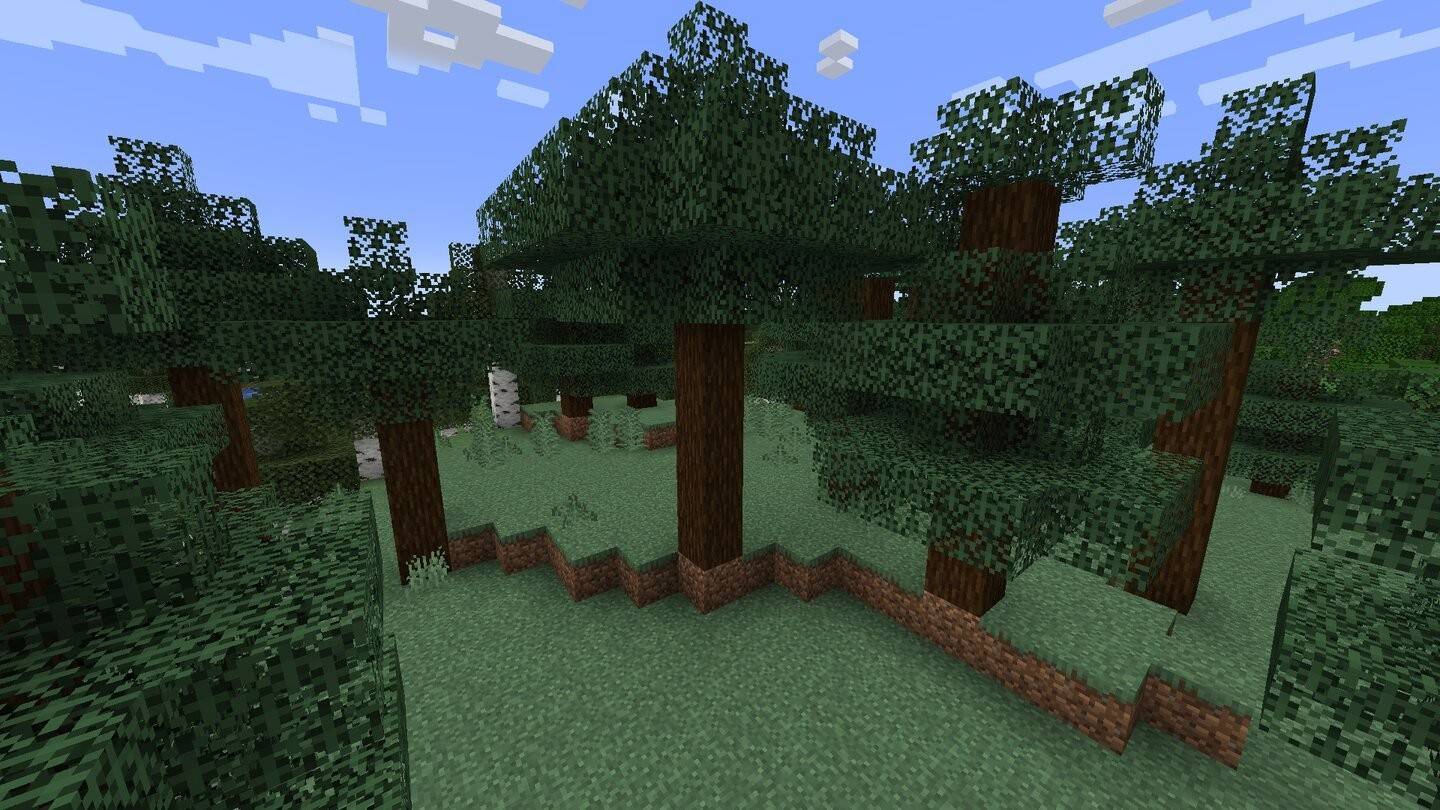
Image: ensigame.com
Known for its dark, rich hue, spruce wood exudes a medieval charm. These towering trees thrive in taiga and snowy regions, making them abundant yet challenging to harvest. Ideal for constructing castles, bridges, or country homes, spruce adds warmth and depth to any build.
Jungle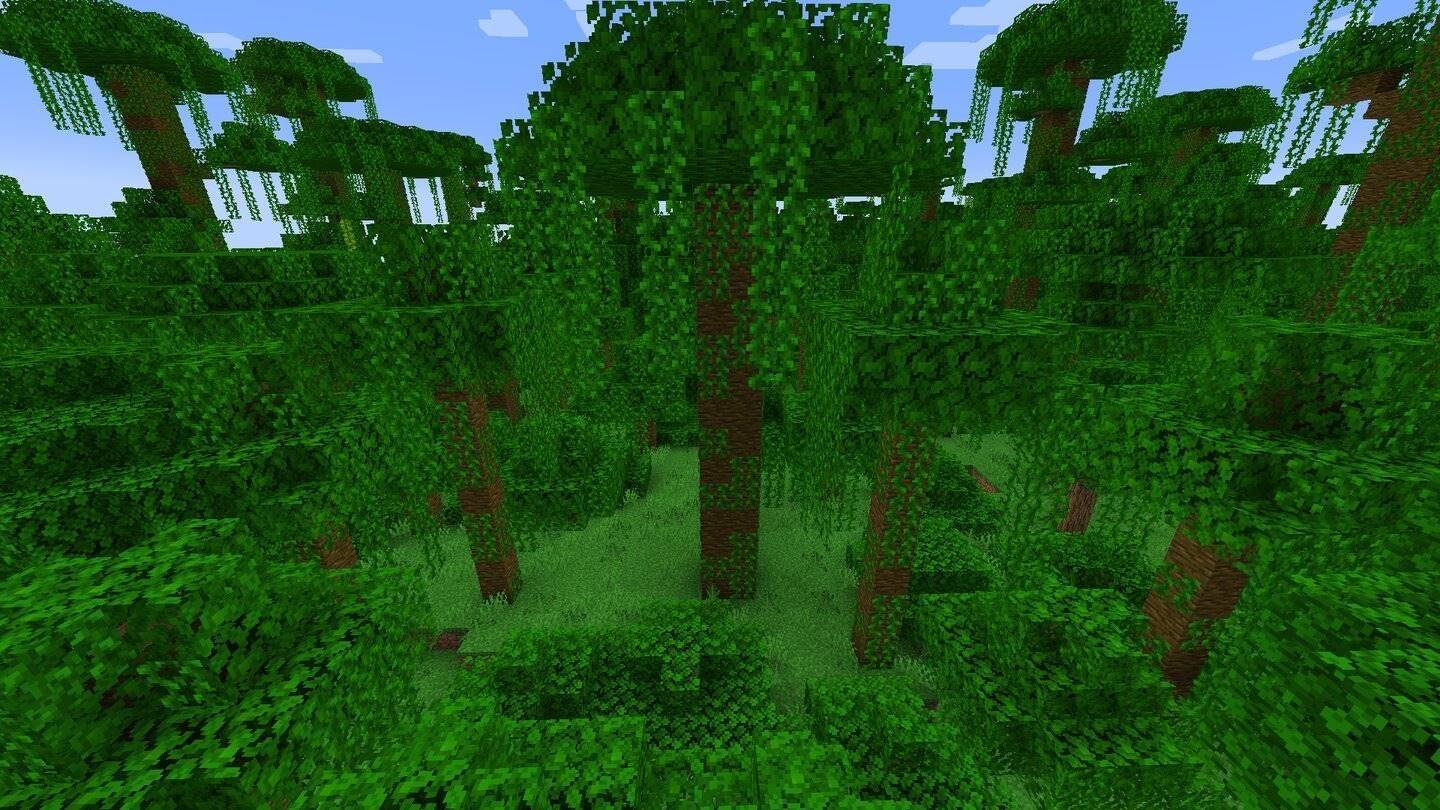
Image: ensigame.com
Jungle trees are the giants of the Minecraft landscape, towering over other species. Their vibrant wood is primarily used for decoration, while cocoa pods growing on their trunks are valuable for farming. Jungle wood’s exotic appearance lends itself well to adventure-themed builds or pirate hideouts.
Acacia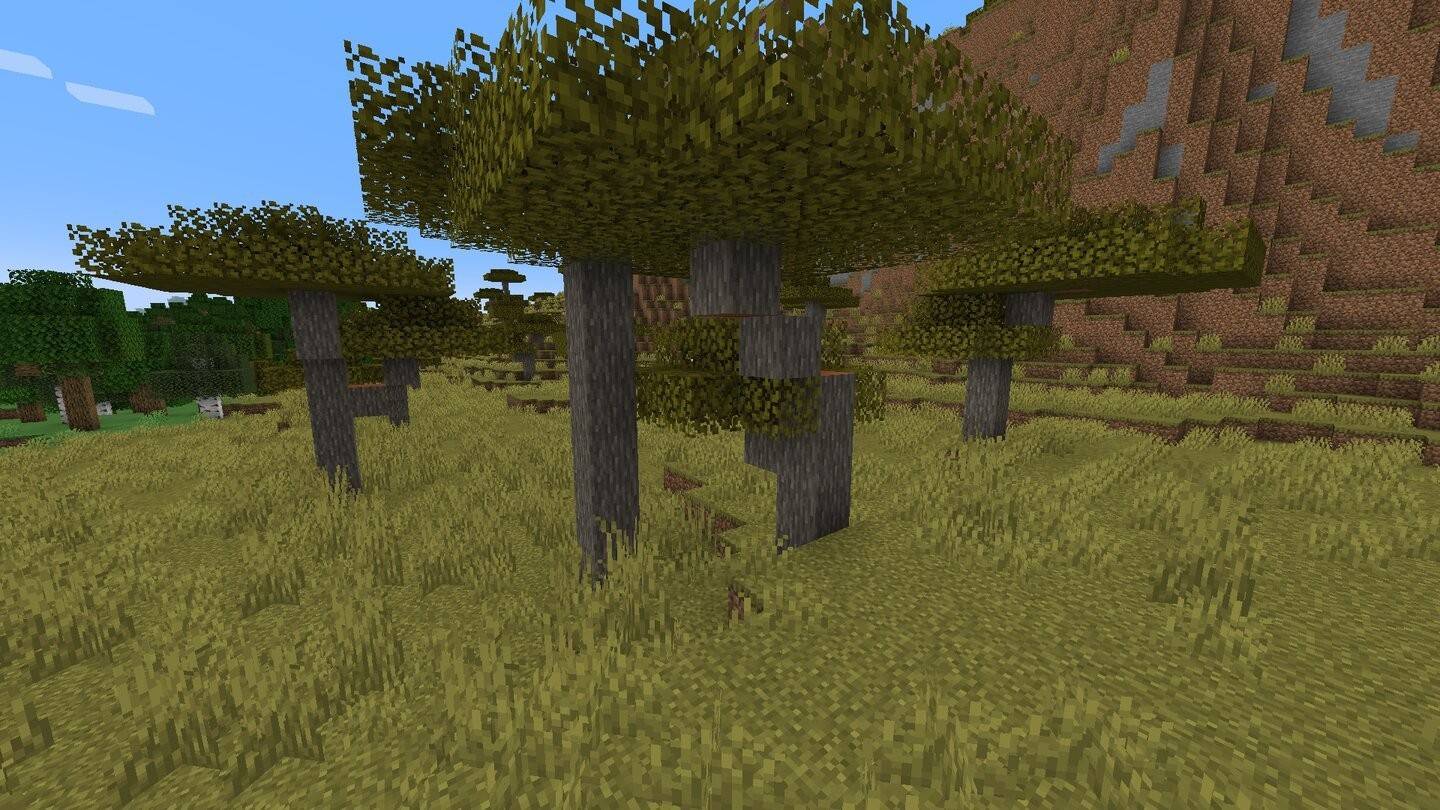
Image: ensigame.com
Characterized by its reddish tint, acacia wood shines in desert biomes. Growing in savannas, these trees feature sprawling branches, offering a unique structural element. Acacia is perfect for ethnic-inspired designs, such as African-style villages or desert bridges.
Dark Oak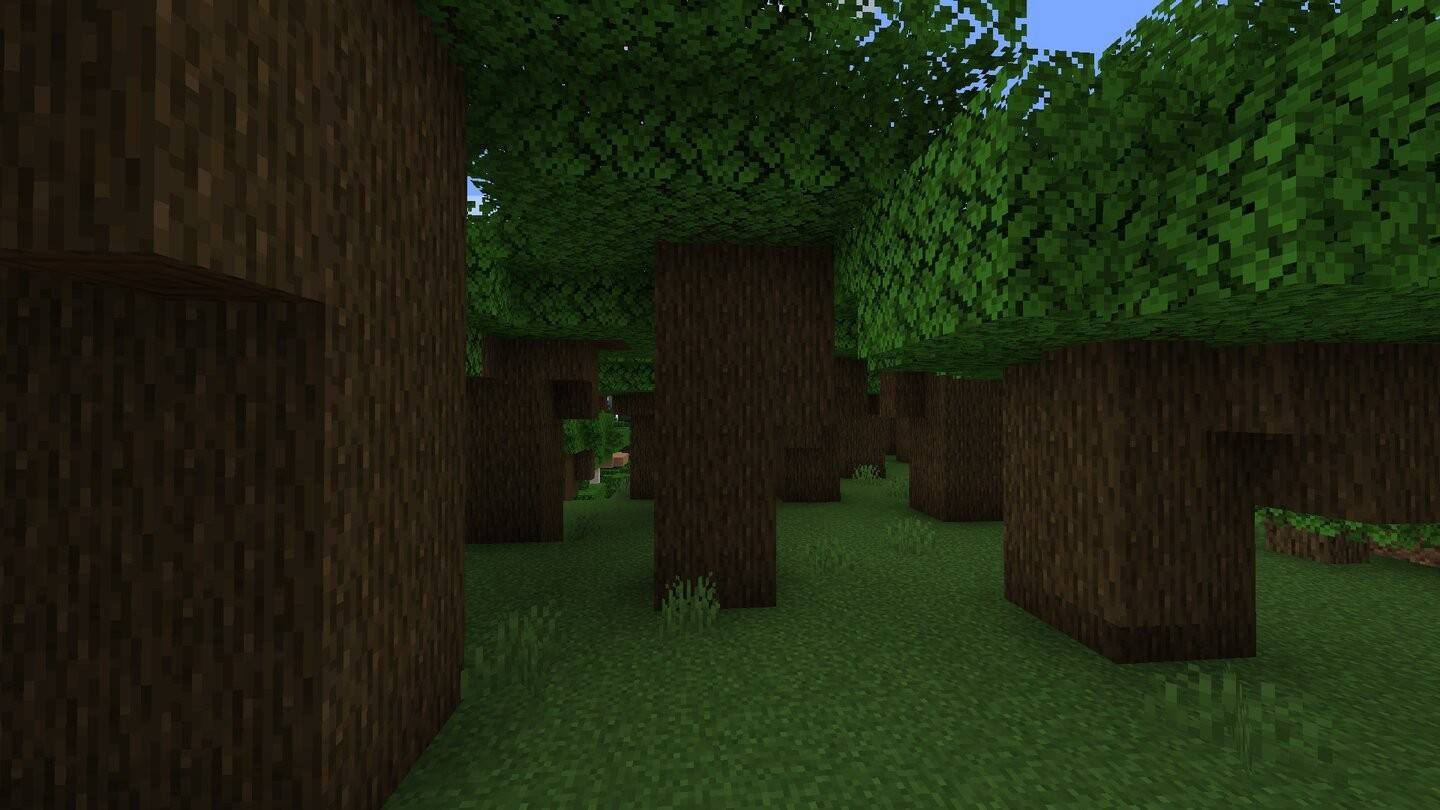
Image: ensigame.com
Dark oak boasts a deep, chocolate-brown shade, making it ideal for regal or medieval constructions. Although rare early in the game, it only spawns in the Roofed Forest biome and requires four saplings to plant. Its rich texture is excellent for opulent interiors or grandiose doorways.
Pale Oak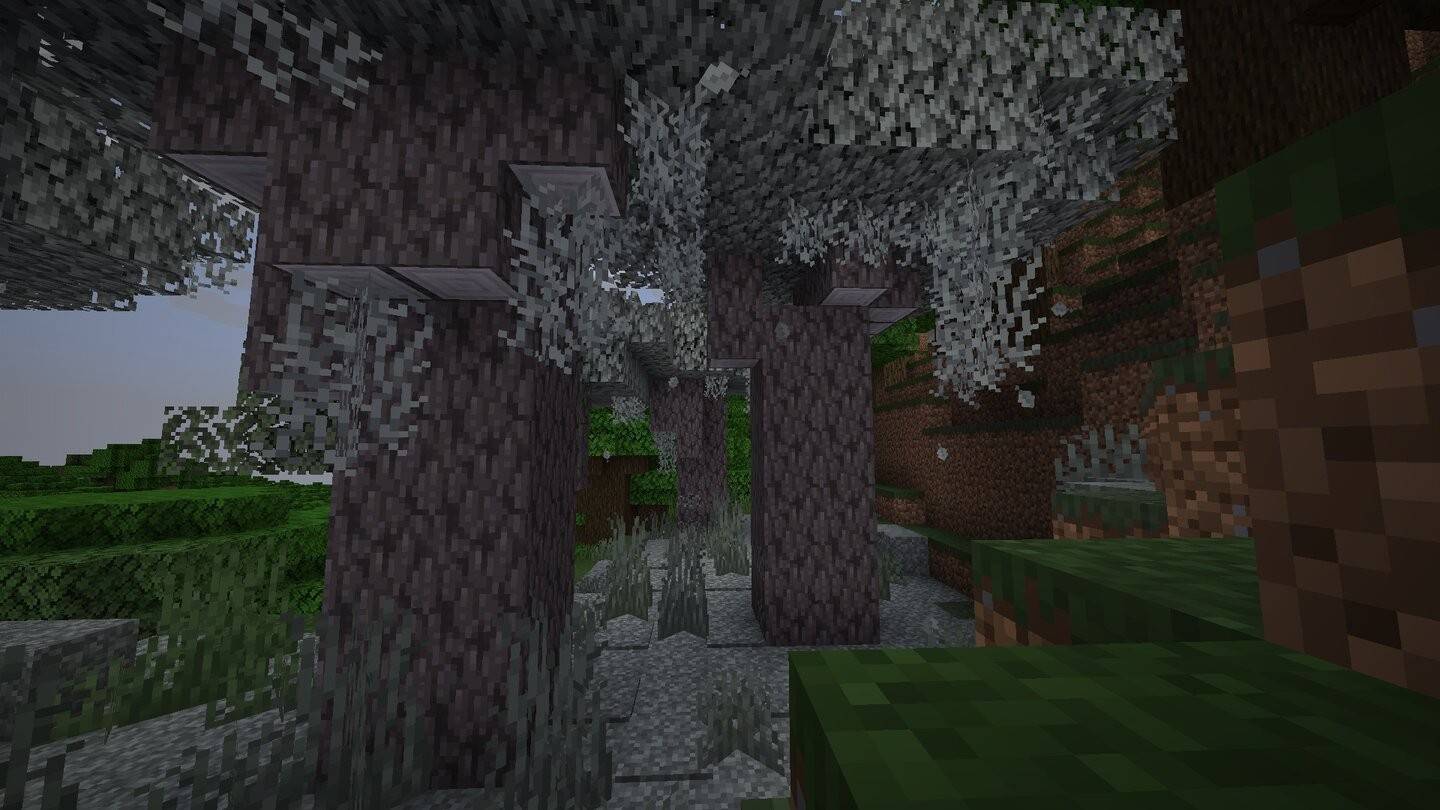
Image: ensigame.com
Pale oak is one of the rarest trees, appearing exclusively in the Pale Garden biome. Identical in texture to dark oak but featuring gray tones, it’s adorned with hanging moss and contains "skripcevina," which summons aggressive mobs at night. Its contrasting colors pair beautifully with dark oak.
Mangrove
Image: youtube.com
Introduced in recent updates, mangrove trees grow in swamps. Their reddish-brown wood and exposed roots add authenticity to constructions. Perfect for piers, bridges, or swamp-themed builds, mangrove wood enhances the realism of aquatic environments.
Warped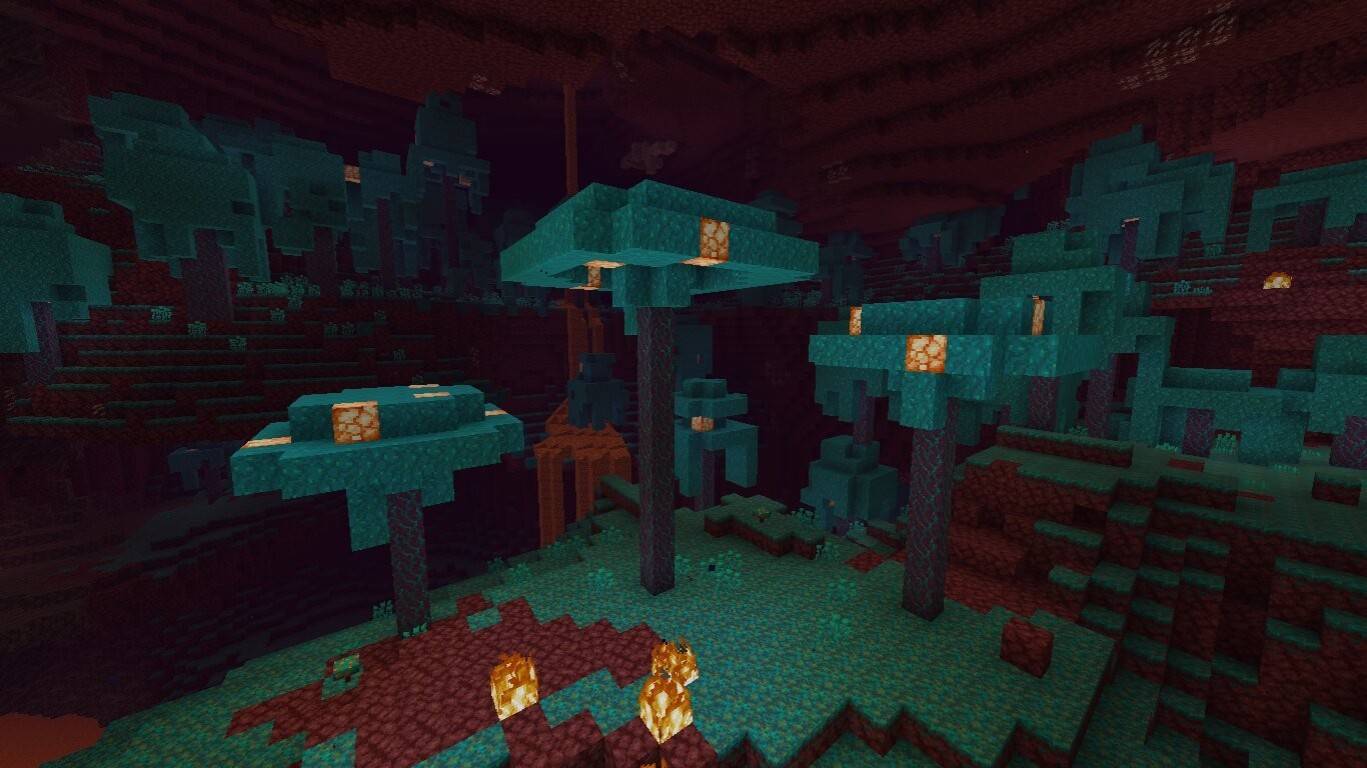
Image: feedback.minecraft.net
As one of the two Nether-exclusive trees, warped wood’s turquoise hue creates striking fantasy-style structures. Non-flammable and uniquely textured, it’s ideal for magical towers, portals, or whimsical gardens.
Crimson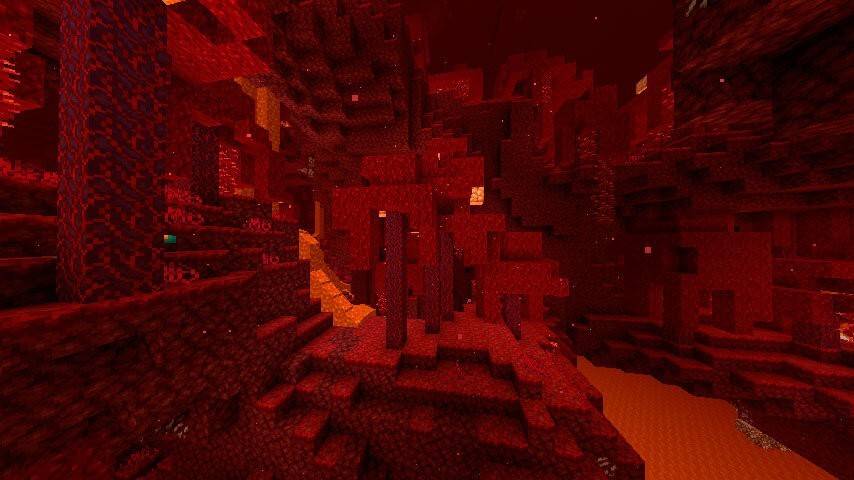
Image: pixelmon.site
The crimson tree complements the warped with its red-purple wood. Like its counterpart, it’s non-flammable and excels in dark or demonic-themed builds. Crimson wood is also popular for interiors inspired by the Nether realm.
Cherry
Image: minecraft.fandom.com
Rarely found outside the cherry grove biome, cherry trees generate falling petal particles, adding ambiance to any project. Its bright pink wood is perfect for interior decoration and crafting unique furniture.
Azalea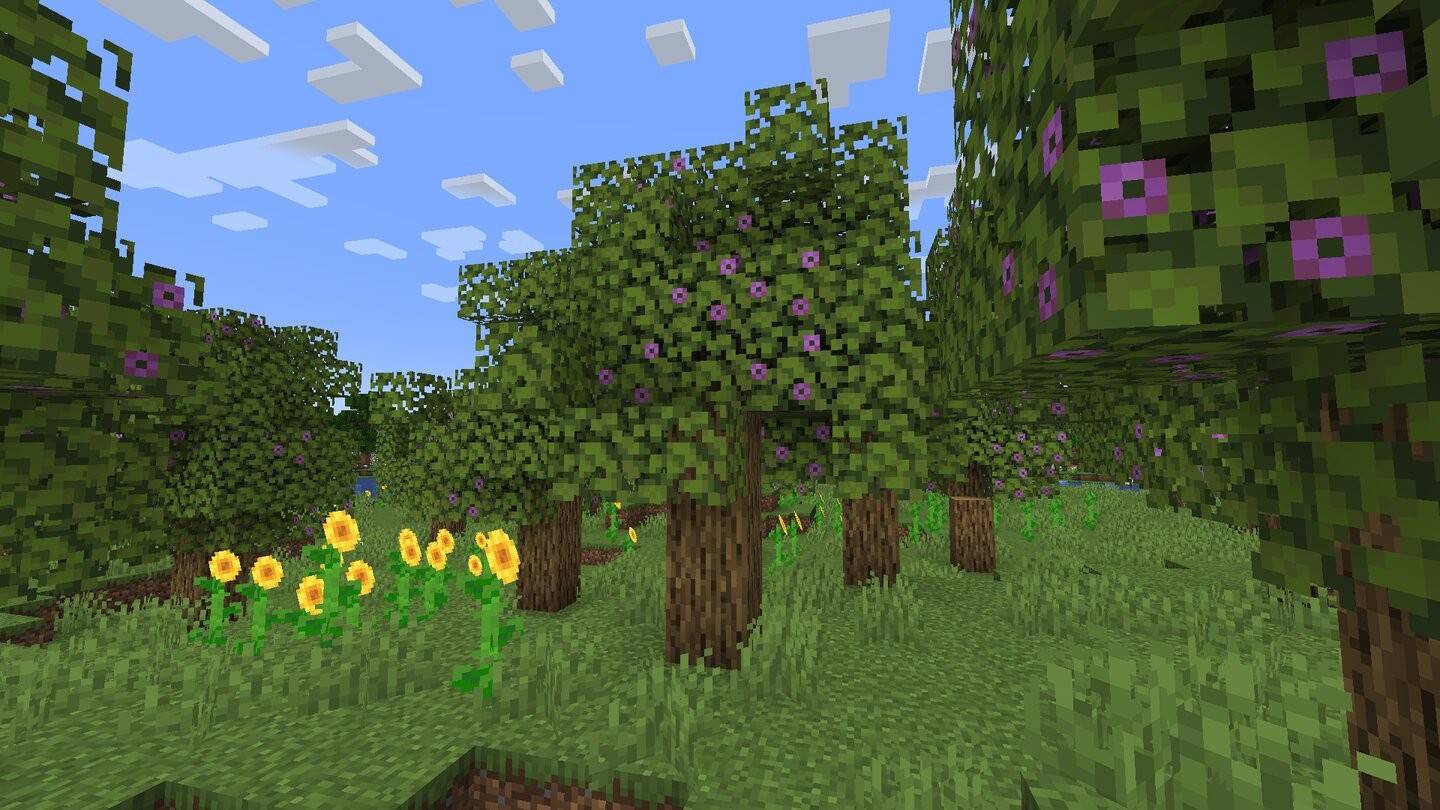
Image: ensigame.com
While similar to oak, azalea trees grow above lush caves, aiding in exploration. Its root system and unique leaf flowers make it visually interesting. The wood functions like regular oak but offers additional design opportunities.
Wood is more than a resource—it’s the cornerstone of survival and creativity in Minecraft. While all types of wood are interchangeable for crafting, their varied textures and hues provide endless possibilities for unique builds. By mastering the nuances of each tree, you can elevate your constructions, from functional tools to breathtaking landscapes. So equip your axe and venture forth—you never know what masterpiece awaits in the forest!



